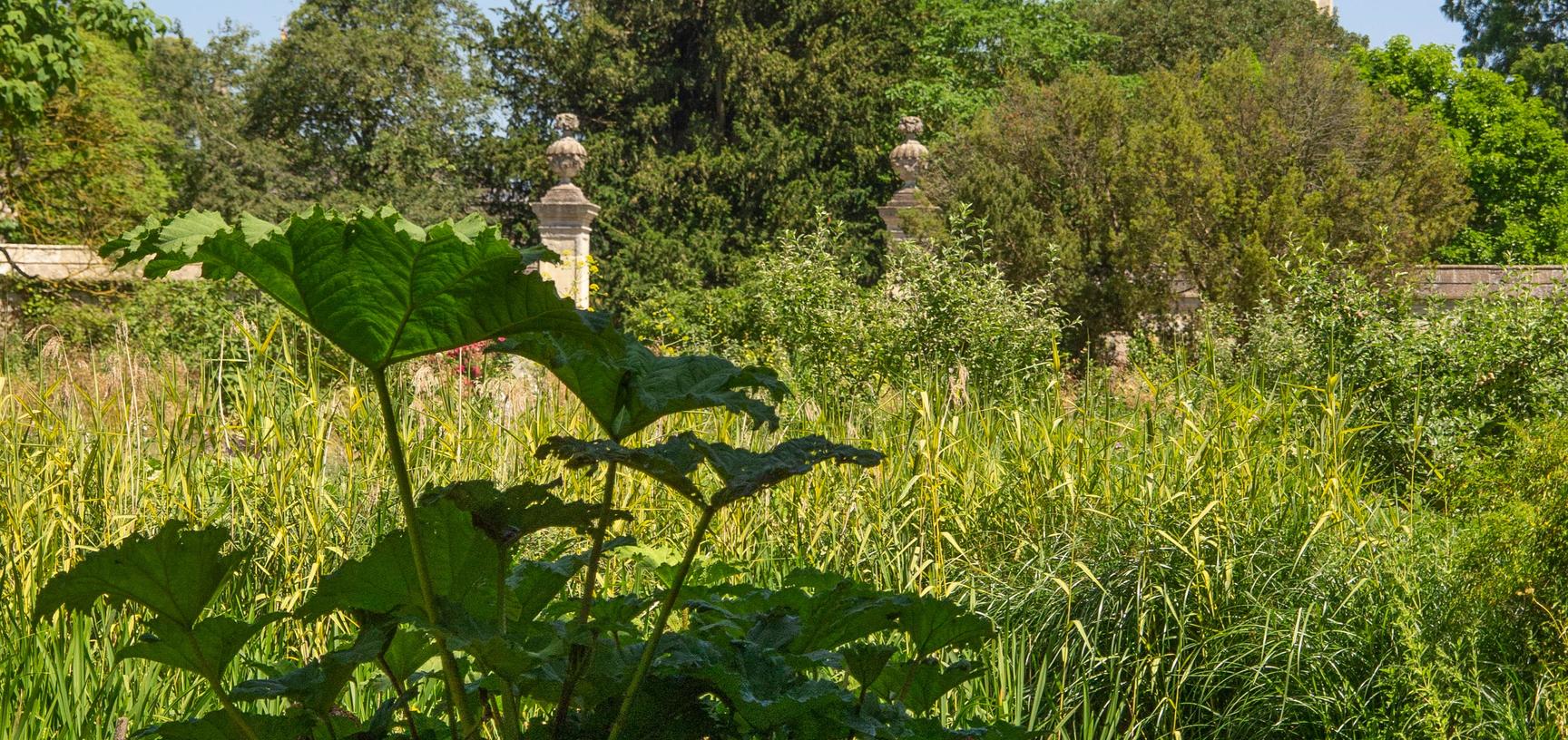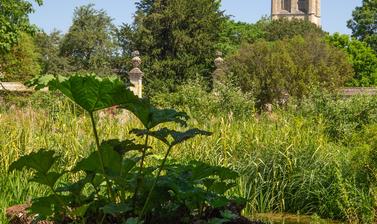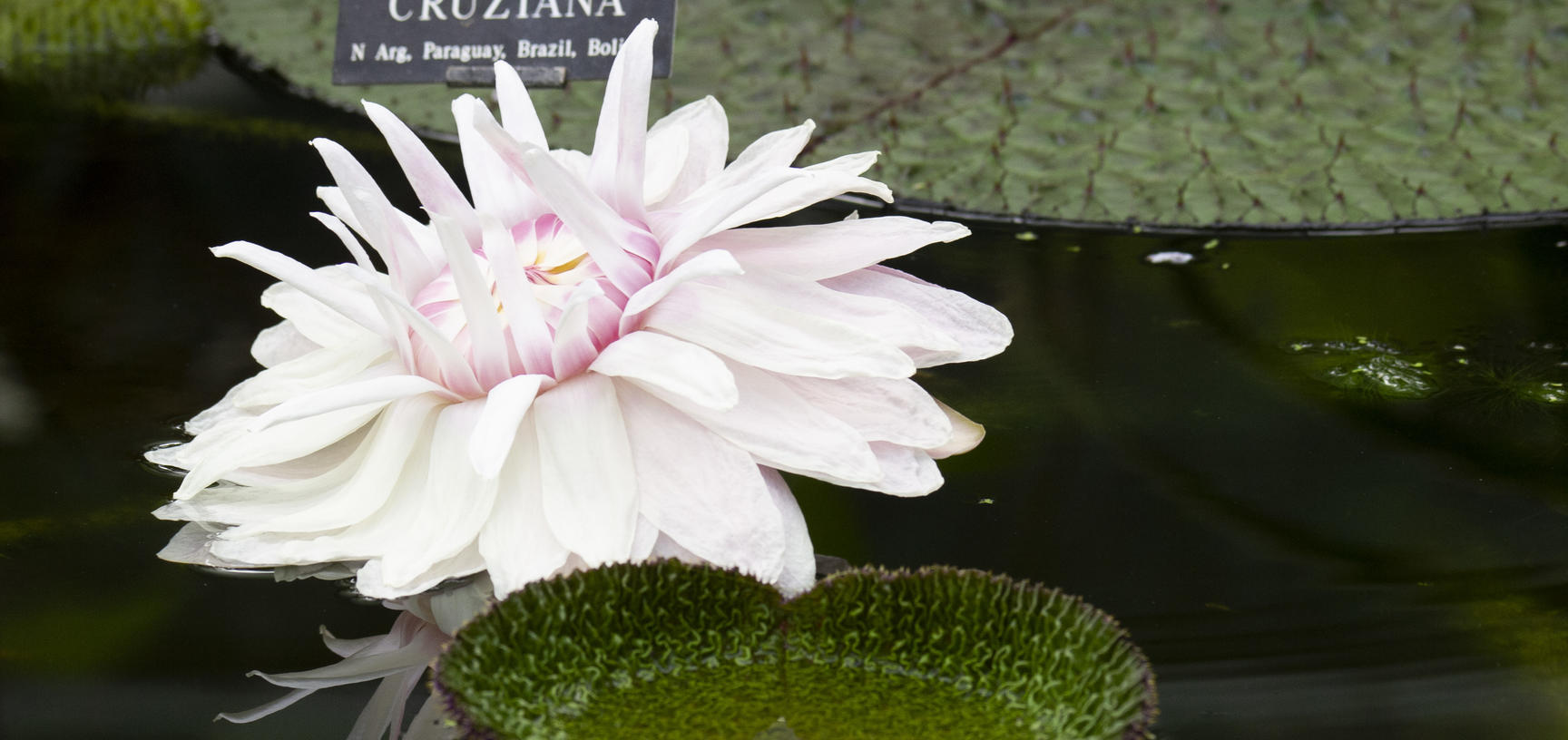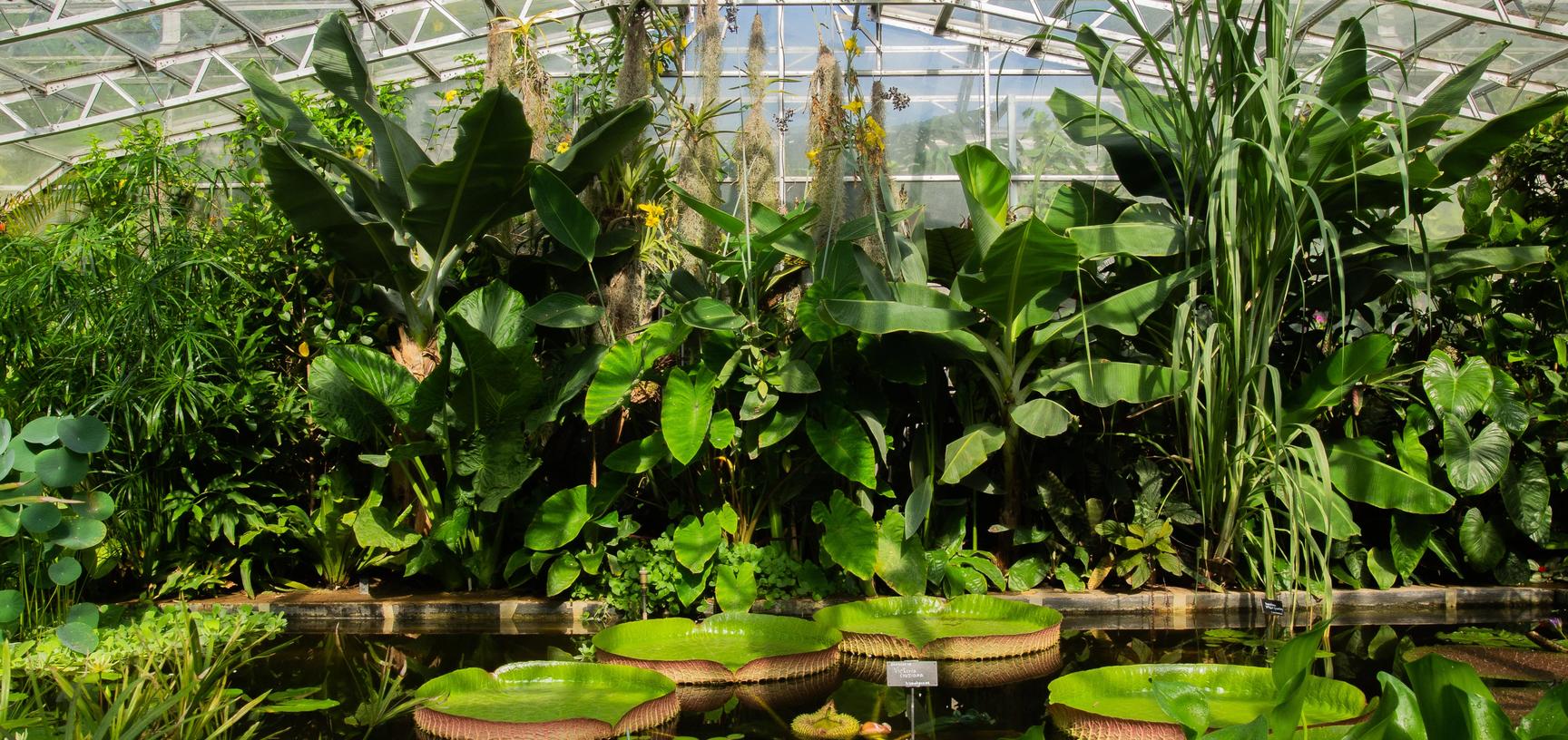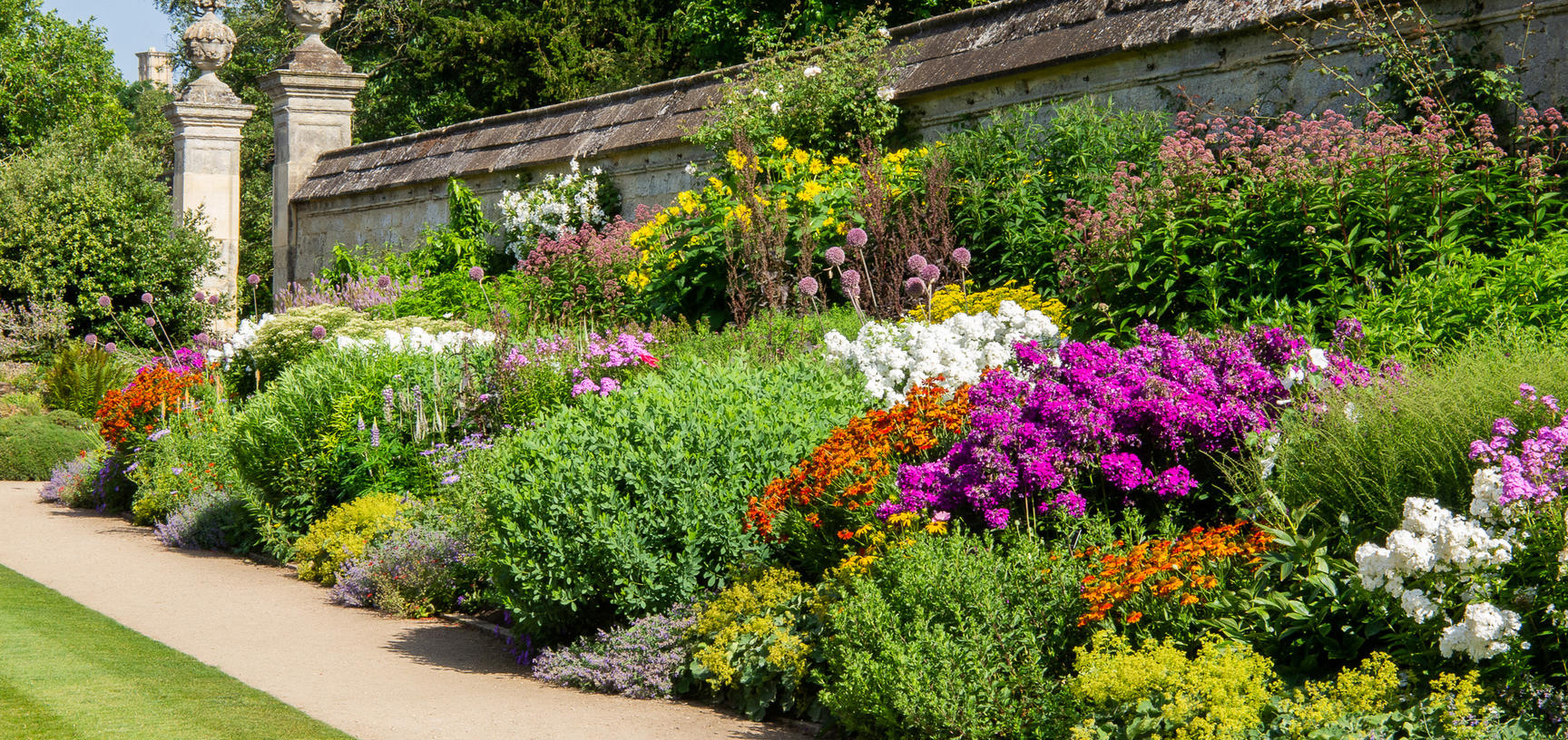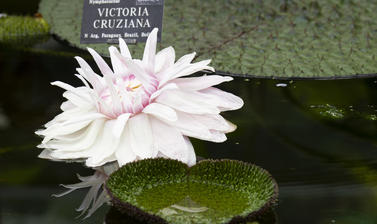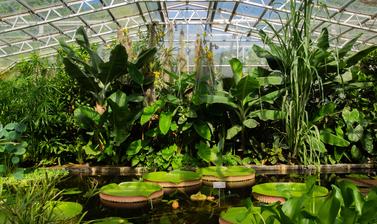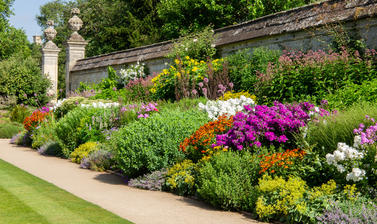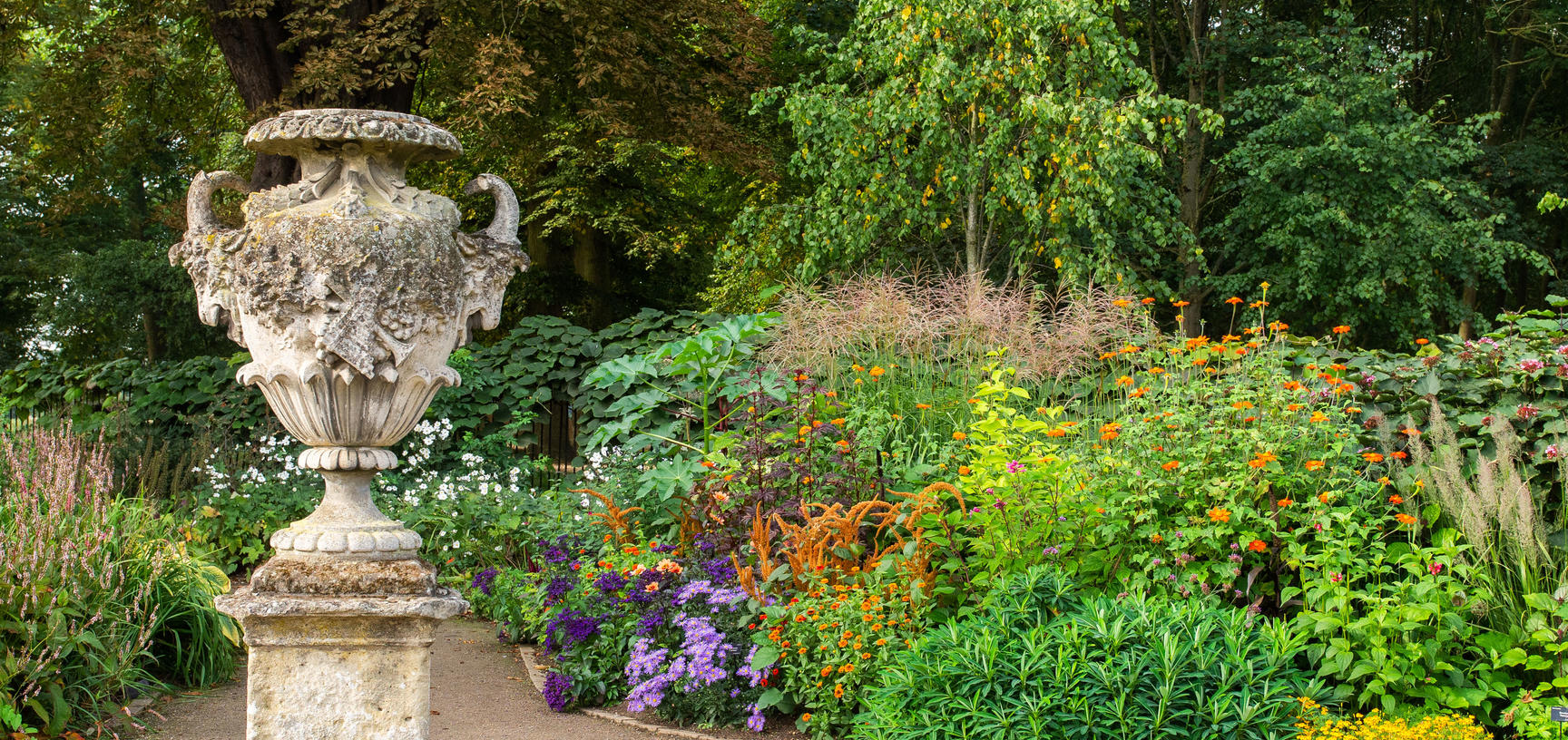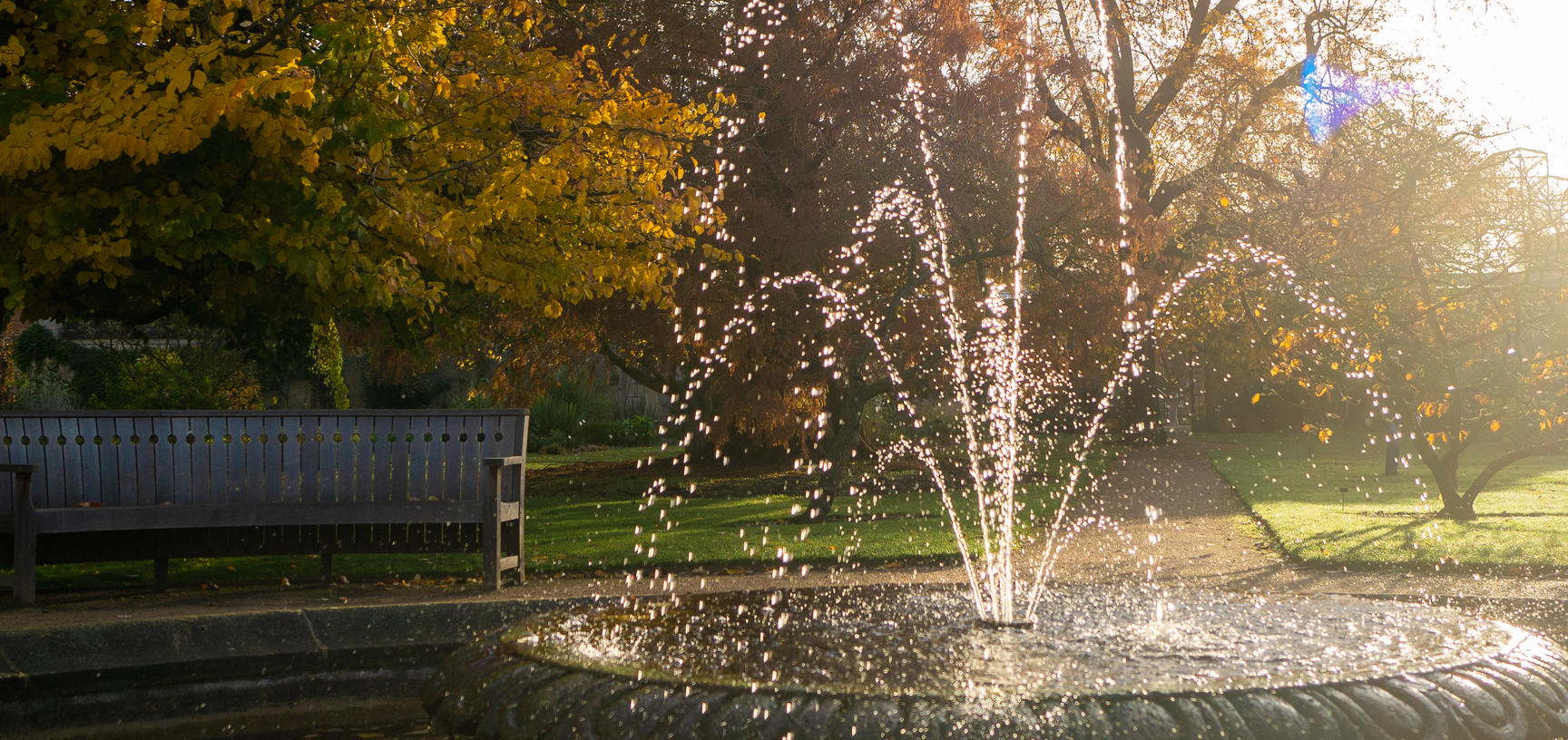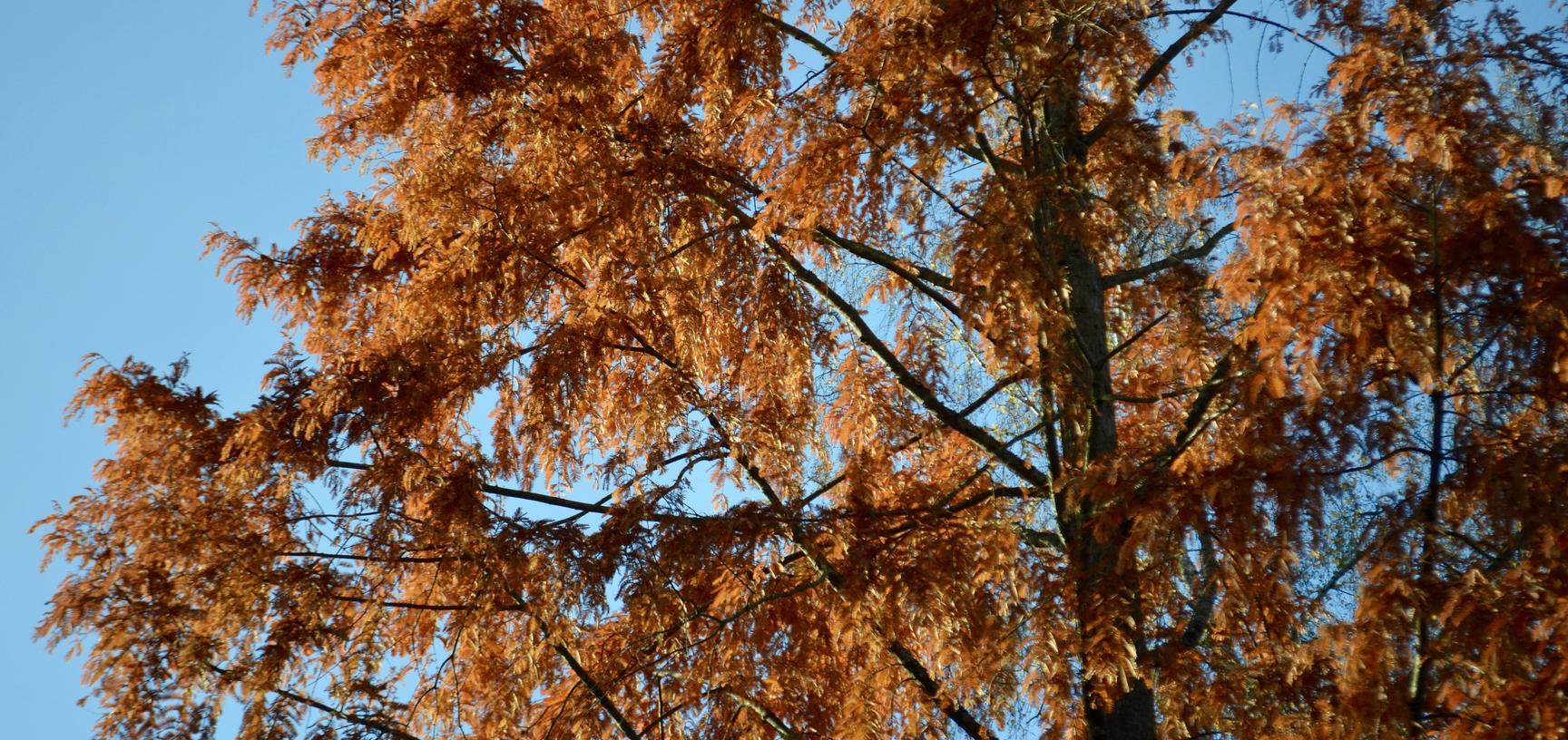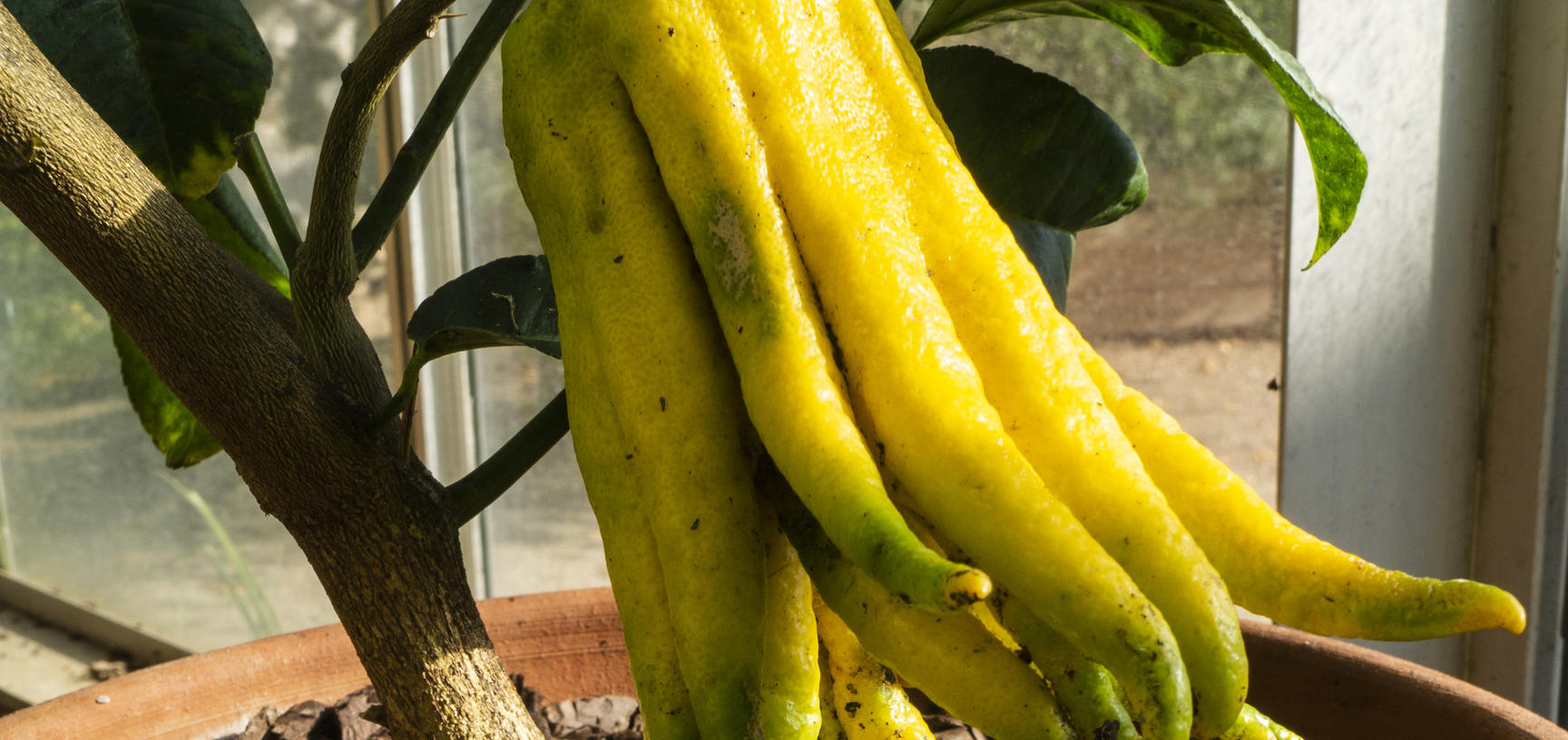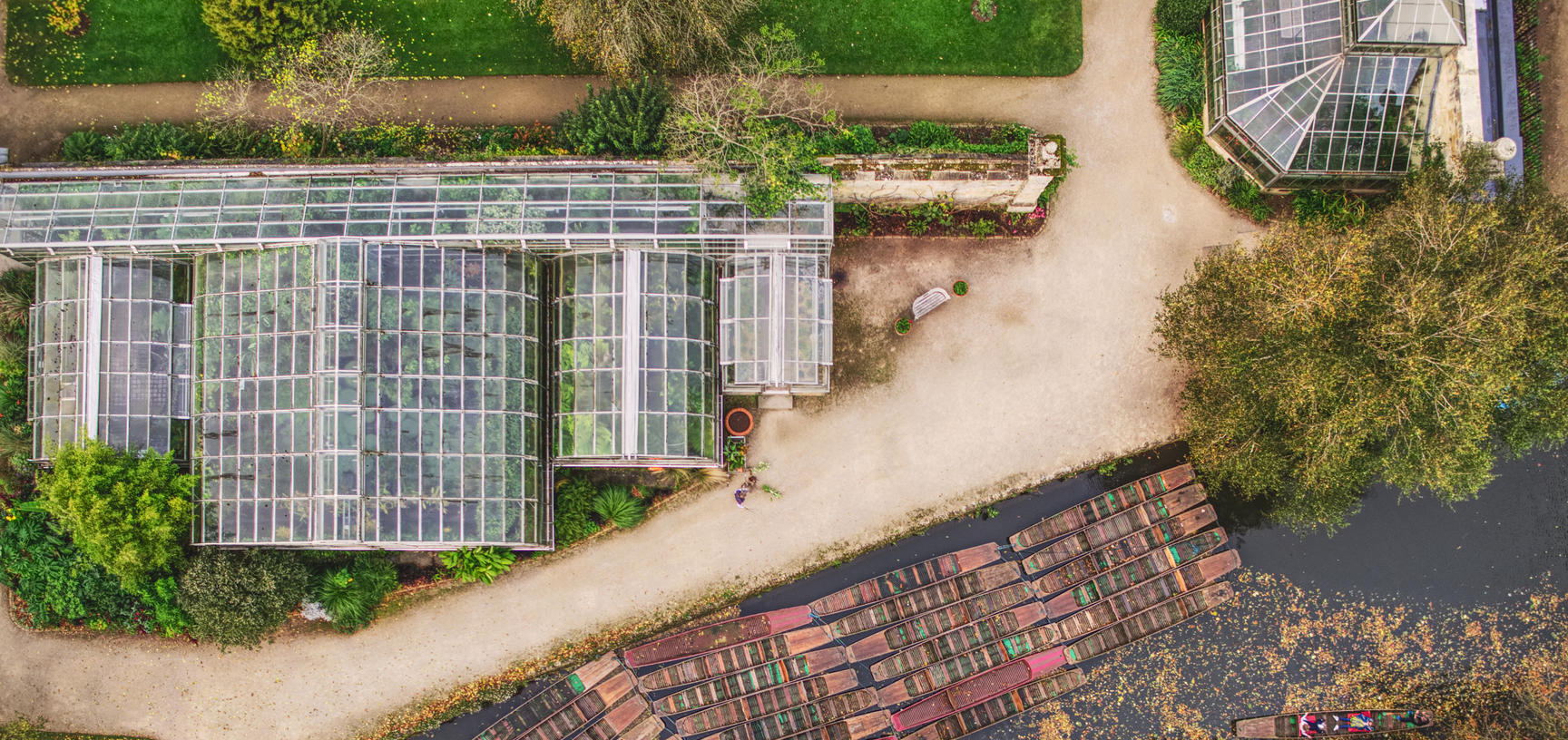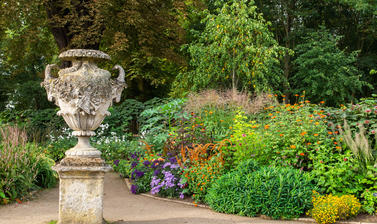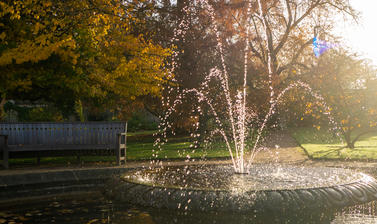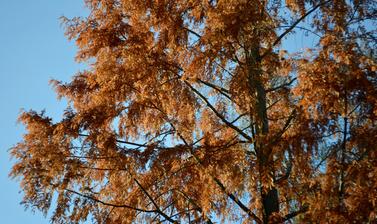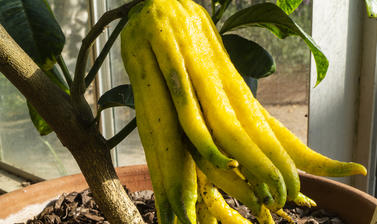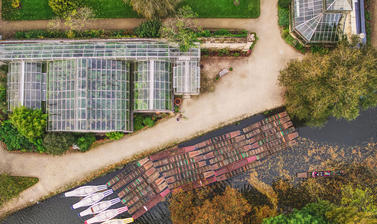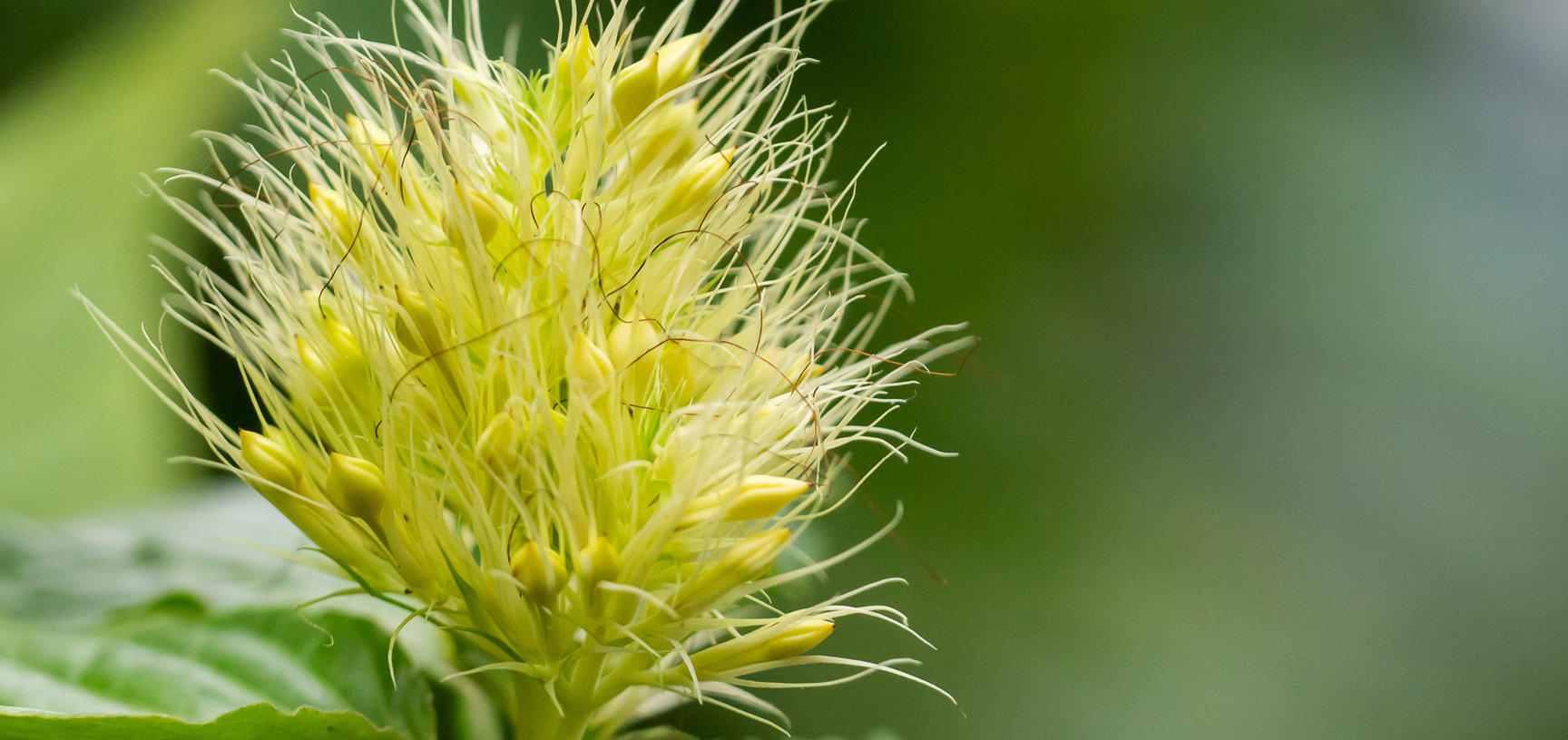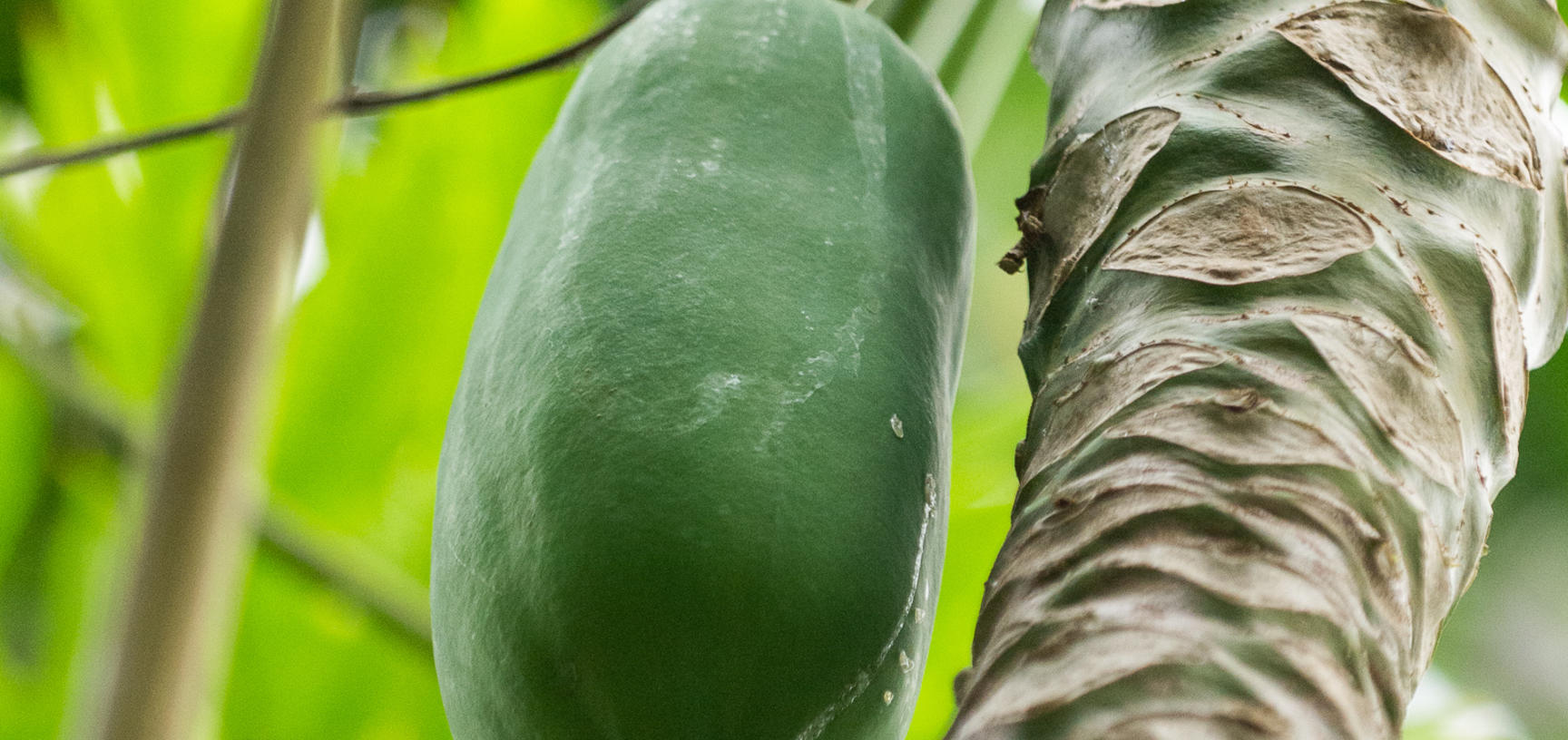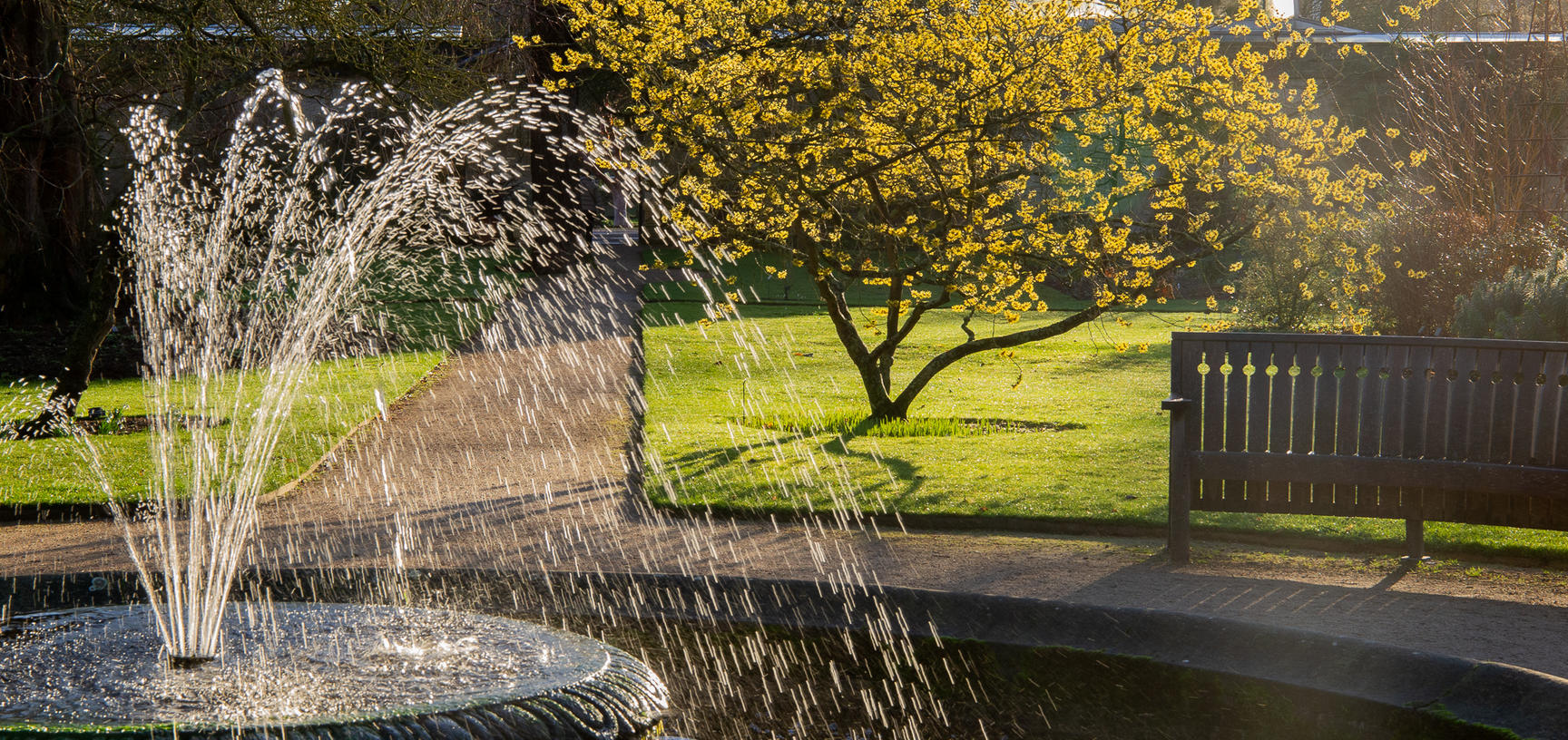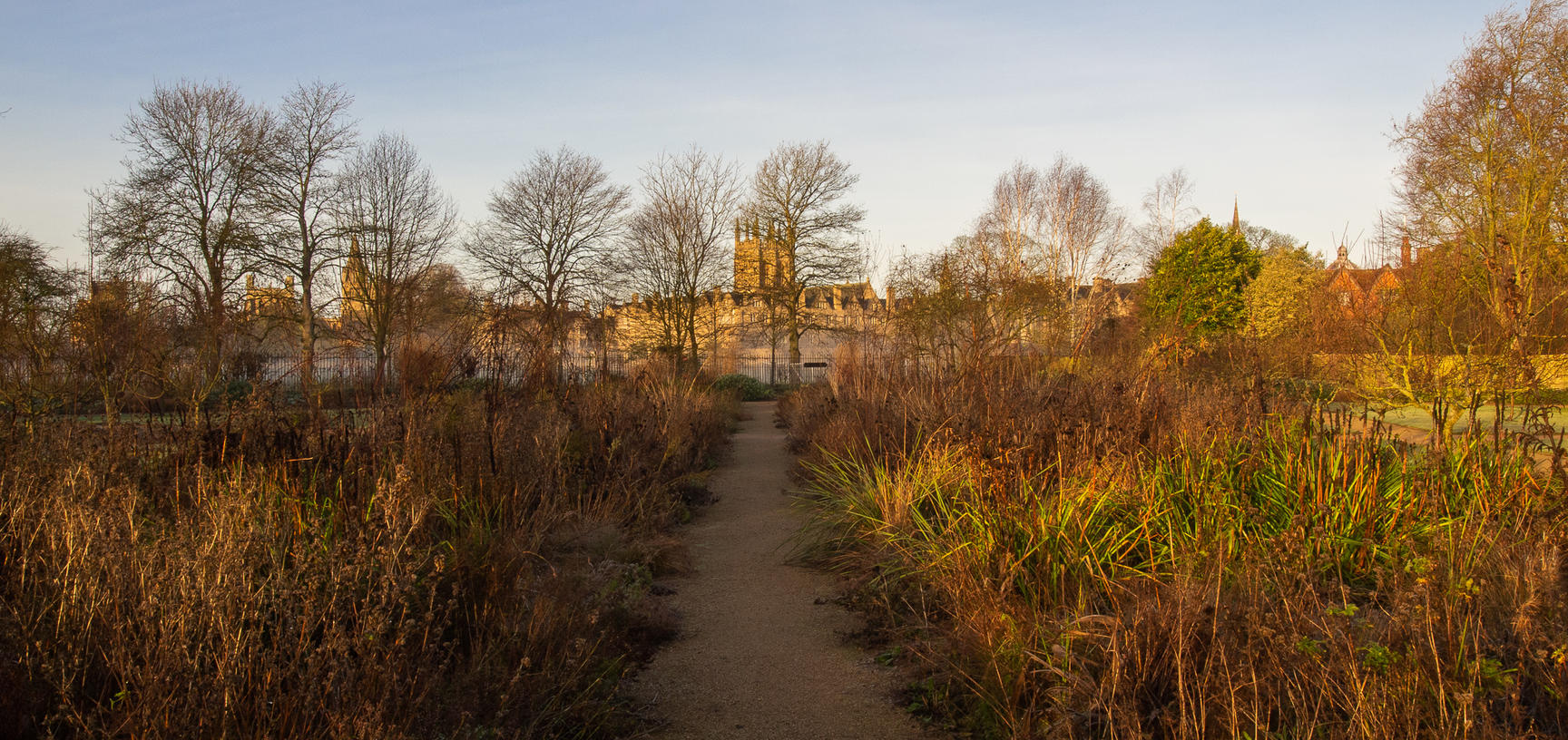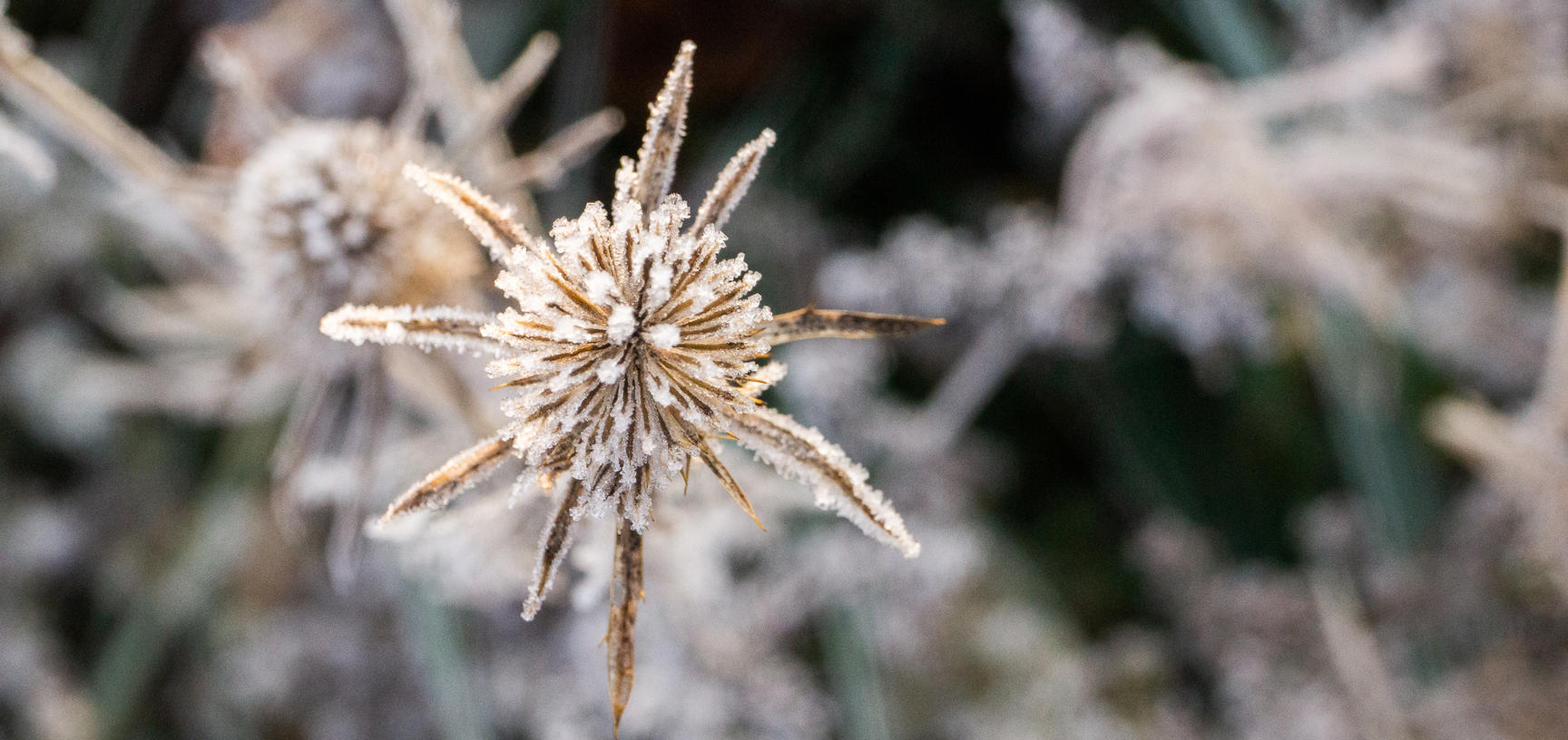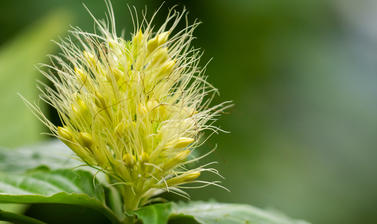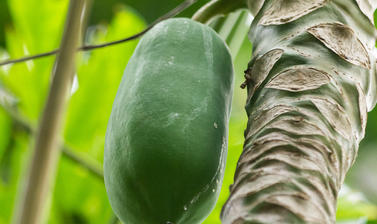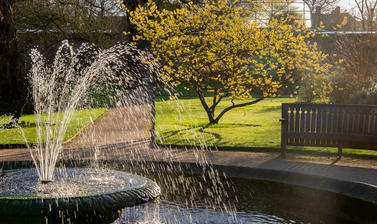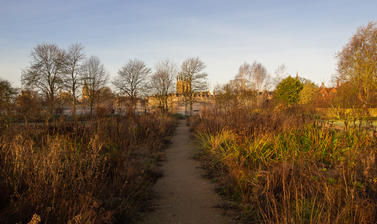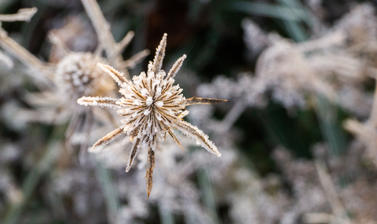Seasonal Highlights at the Garden
With inspiring herbaceous borders to glasshouses that take you around the world the Botanic Garden is a year-round oasis of biodiversity, right in the heart of Oxford.
Spring
Spring is a magical time at the Botanic Garden. The last of the snowdrops and aconites look lovely in the morning sunlight and you’ll find hellebores, crocuses and some early scilla dotted around the Garden.
Inside the Glasshouses you’ll find a whole host of wonderful sights and smells. Visit the Conservatory to see fragrant displays of citrus and hyacinth, as well as bougainvillaea and primula.
In the Lower Garden you’ll find a wide array of delicate daffodils and under the dawn redwood (Metasequoia glyptostroboides) in the Walled Garden you’ll find spectacularly vibrant scilla.
The beds in the Walled Garden are not just beautiful, but also educational.
Plants are grouped together in families to show the links between them. As scientists study plants and find out more about these taxonomic relationships, we reflect this in the layout.
In the Lower Garden, our huge Gunnera manicata dominates the Bog Garden, which often plays host to some local moorhens.
The leaves of the Gunnera can grow to over four feet in diameter, and although it is known as the 'giant rhubarb' (and looks a lot like it) they are not closely related.
Summer
Nothing shouts summer like our rampant Herbaceous Border! First established in 1946, it is a classic example of the traditional English herbaceous border.
The bees and butterflies thrive among the flowers. No matter what your favourite colour is, you’ll find something to please your eye as you stroll along the path.
In the Water Lily House, the enormous Victoria cruziana dominates the space with its huge pie-tin shaped leaves. These leaves can grow to 2m wide and can support an infant’s weight.
The beautiful day-blooming Nymphaea x daubenyana can be found dotted around V. cruziana. This hybrid water lily was first propagated at the Botanic Garden in 1874. It was named in honour of Professor Daubeny, Keeper of the Garden from 1834 to 1867.
The water lily theme continues into the Lower Garden where specimens such as Nymphaea (‘Amabilis’) brighten up the Rock Garden.
From spring to autumn, peaking in the summer months, the Merton Borders burst with colour and buzz with thousands of insects.
An example of sustainable horticultural development, these stunning borders have minimal impact on the environment and require no artificial irrigation, staking or fertilisers.
Autumn
Autumn brings vibrant colours and glasshouse wonders. The Autumn Border in the Lower Garden runs the length of the Garden's boundary with Christ Church Meadow.
The planting is designed to be at its peak in September and October, relying on strong colour contrasts of both foliage and flowers. Special pruning techniques are employed on shrubs to promote large foliage, and on perennials to produce an extended flowering display.
During the autumn months the dawn redwood (Metasequoia glyptostroboides) in the Walled Garden glows with a vivid brick-red colour, resembling a flaming torch. Known only in fossil records until the 1940s, the dawn redwood is often described as a ‘living fossil’. It is the only living member of the genus Metasequoia, although the fossil record shows us that it was distributed through North America and Eurasia up to 100 million years ago. Today, the dawn redwood is restricted to the border of two Chinese provinces and Chongqing in Central China, but it is a popular addition to many parks and gardens in Europe and America. Despite this, it is still internationally recognised as endangered.
The Glasshouses are full of exciting oddities to fascinate our visitors. In the Conservatory you can marvel at Citrus medica (‘Buddha’s Hand’), the fruit of which have a bizarrely anatomical shape!
Winter
In the Rainforest House you'll find an assortment of tropical plants including cocoa, coffee, rubber, avocado, cinnamon, sugarcane, pineapple, papaya, ginger, cardamom, plantain, vanilla and many more. With no autumn or winter to halt growth, these plants grow at a phenomenal rate and are quite the spectacle. Some plants have enormous leaves which make the most of the available light, climbers race upwards in search of gaps in the canopy, whereas epiphytes perch high up in the canopy on the branches of other trees.
Head to our Plants that Changed the World display in the Lower Garden to find beautiful willow-work sculptures of fruit and vegetables created by our talented horticultural team.
At first glance, the Merton Border in the Lower Garden might seem untidy, but this sustainable border is being left to die back naturally for a reason: it makes a wonderful habitat for small birds and mammals throughout the winter – providing both shelter and a source of food. Look out for wrens, blue tits and blackbirds. When you look closely, what at first glance might seem dull is really a wonderful array of botanical shape and structure: the skeletons and scaffolding of summer’s glory.
In the Walled Garden visitors can find a number of seasonal beauties including a number of witch hazels, such as Hamamelis mollis.



